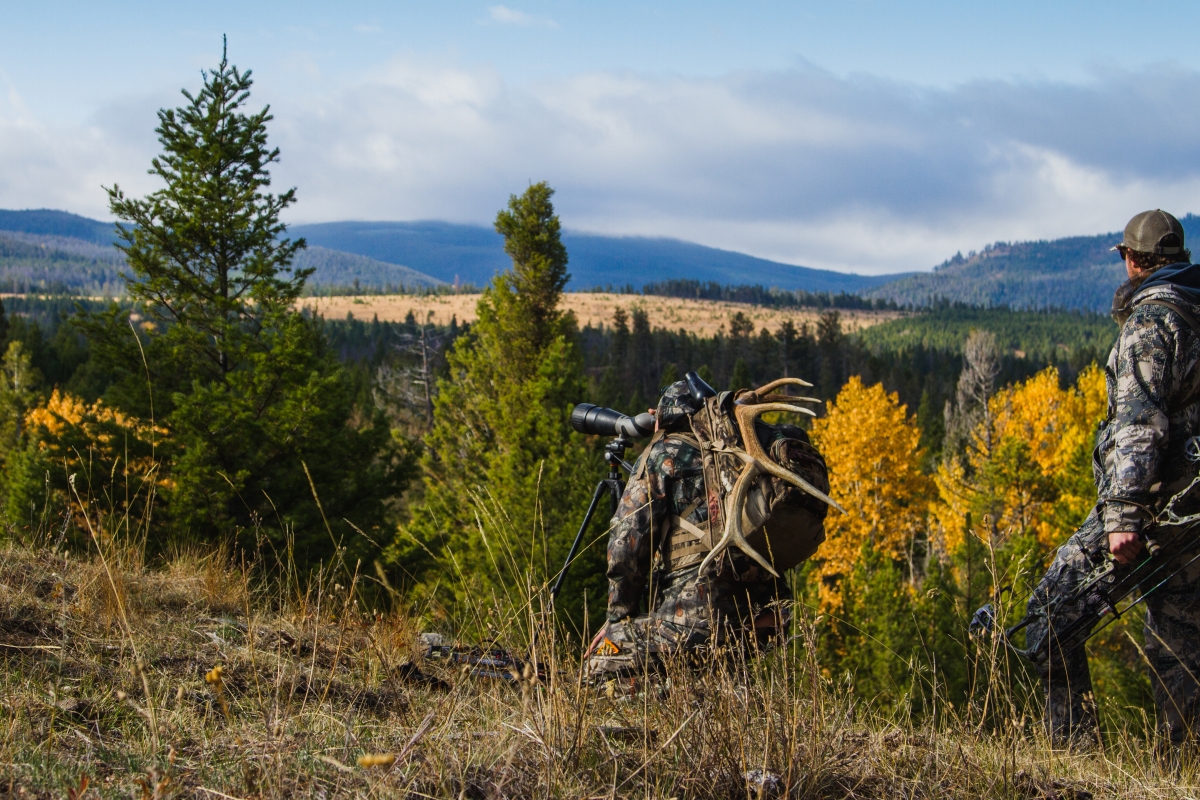Career Overview
People in this occupation:
- Trap and hunt wild animals for pelts or live sale
- Are usually self-employed
- Work on a seasonal basis
Job Titles
Duties
Trappers:
- Set traps with bait and position traps along trails
- Operate snowmobile or travel on foot, snowshoes or skis to patrol trapline
- Remove catch and reset traps and snares
- Kill and skin catch for pelts, and treat and pack pelts for marketing
- Trap live animals for sale to buyers or for relocation purposes
- Maintain and repair trapping equipment
- Maintain trails and access to trapping lines
- Trap designated animals for bounty or other control programs
- May monitor animal population in the trapping regions to ensure future sustainability
Hunters:
- Operate boat or snowmobile or travel on foot to reach hunting area
- Kill wild animals using firearms or other weapons
- Skin dead animals for pelts using knives
- Treat, pack and transport pelts to processing plants or to public auctions
- Maintain hunting equipment
- May monitor animal population in the hunting regions to maintain sustainability
Earnings
Earnings is income that workers receive in exchange for their labour. Depending on the type of employment, earnings can be in the form of wages (hourly), salaries (fixed monthly or annual) or self-employed earnings.
Work Environment
# Workers Employed
25% Employed Full Time
0%Key aspects of the work in this occupation:
- Work also takes place outdoors where workers are exposed to various weather conditions
- Workers may be exposed to infectious bacteria and viruses as a result of handing animals
- Working with equipment or tools like traps, guns or knives can be a source of injury
- Work locations may be remote and dangerous
Career Pathways
In some jurisdictions, trappers may be allocated trapping areas based on the amount of their experience.
Related Careers
Occupational Interests
It’s important to understand what kinds of occupations align with your interests.
For more about occupational interests visit Skills for the Future Workforce > Characteristics.
Here are the top occupational interest(s) for this career profile:
Education, Training and Skills
- Completion of trapping or hunting courses may be required in some provinces
- A provincial trapping or hunting licence may be required
Education programs in B.C.

Skills
Every job calls for a certain set of skills. Knowing those skills is the first step in finding a good career fit.
Here, you will find the 10 most relevant workplace skills. Some are more important to achieving success in a certain career than others. These skills may come naturally to you or you may need to gain them through education, training and experience.
See the list of work-related skills below, ranked in order of importance for this career. Check out the list and see if this career matches your skills—take that first step!
Using logic and reasoning to identify the strengths and weaknesses of alternative solutions, conclusions or approaches to problems.
Controlling operations of equipment or systems.
Watching gauges, dials or other indicators to make sure that a machine is working properly.
Talking to others to share information effectively.
Considering the relative costs and benefits of potential actions to choose the most appropriate one.
Giving full attention to what other people are saying, taking time to understand the points being made, asking questions as appropriate, and not interrupting at inappropriate times.
Being able to solve novel, ill-defined problems in complex, real-world settings.
Repairing machines or systems using the needed tools.
Performing routine maintenance on equipment and determining when and what kind of maintenance is needed.
Keeping track of and assessing your performance, other individuals, or organizations to make improvements or take corrective action.
Labour Market Statistics
Discover data, facts and information that have been gathered and analyzed. Learn about the characteristics of the economy and labour market in B.C.
Employment
Find out about employment types and trends by region and industry.
Employment
25Employment by Region







| Region | Employment | % Employment of this Occupation |
|---|---|---|
| Cariboo | 0 | 0.0% |
| Kootenay | 0 | 0.0% |
| Mainland/Southwest | 0 | 0.0% |
| North Coast and Nechako | 15 | 50.0% |
| Northeast | 0 | 0.0% |
| Thompson-Okanagan | 10 | 33.3% |
| Vancouver Island/Coast | 10 | 33.3% |
Labour Market Outlook
The B.C. Labour Market Outlook is a 10-year forecast of the expected supply and demand for labour in the province. It’s usually updated every year. The purpose is to provide British Columbians with the knowledge to make informed decisions on careers, skills training, education and hiring.
Forecasted Job Openings (2024-2034)
Not availableForecasted Job Openings
Forecasted Employment Growth Rate
Composition of Job Openings
Job Openings by Region (2024-2034)







| Region | Job Openings | Avg. Annual Employment Growth |
|---|---|---|
| Cariboo | Not available | Not available |
| Kootenay | Not available | Not available |
| Mainland/Southwest | Not available | Not available |
| North Coast and Nechako | Not available | Not available |
| Northeast | Not available | Not available |
| Thompson-Okanagan | Not available | Not available |
| Vancouver Island/Coast | Not available | Not available |
Industry Highlights
Learn about the opportunities in B.C.'s major industries, including employment trends, earning potential, locations of work and more.
Forecasted Job Openings by Industry
Resources
Resource information is currently not available.







